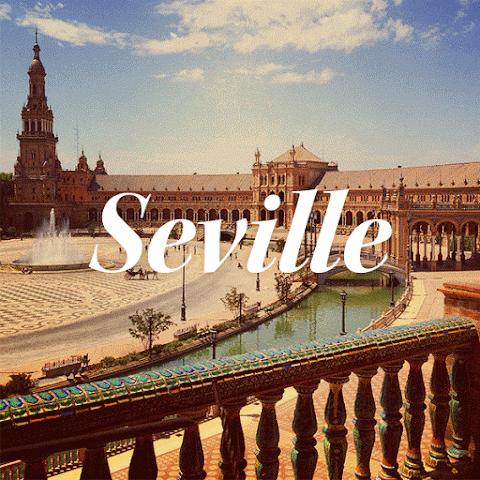viernes, 28 de mayo de 2021
jueves, 27 de mayo de 2021
The properties of matter and pure substances
What are the properties of matter?
There are two general properties of matter. Mass is the amount of matter in an object. It can be measured in grams (g) and kilograms (kg). The mass of an object is always the same. The weight of an object depends on the effect of gravity. An astronaut always has the same mass but in space he will be weightless, because there is no gravity.
Volume is the amount of space an object occupies. The volume of solids is usually measured in cubic centimetres (cm3 ) or cubic metres (m3 ). The volume of liquids is usually measured in millilitres (ml) or litres (l). 1 ml = 1 cm3.
The specific properties of matter are qualities that differentiate types of matter. These properties are things like hardness, elasticity and density. Density is the relationship between the mass and the volume of an object. Different materials and substances have different densities. We use a formula to calculate the density of objects. Mass (m) Density (p) = Volume (V ) Density is measured in g/cm3 or in kg/m3 .
 |
| Hardness |
 |
| Elasticity |
 |
| Density |
What are pure substances?
Pure substances are found in nature. Each pure substance has specific properties that distinguish it from other substances. Pure substances are found as solids, liquids or gases. They change states when they are cooled or heated.
miércoles, 26 de mayo de 2021
HISTORICAL SOURCES AND LOCAL HISTORY
 |
| Fernando III |
martes, 25 de mayo de 2021
CULTURAL LIFE AND SOCIAL CHANGES
How did literature develop in the 19th century?
There were three significant cultural movements in the 19th century.
• In Romanticism, authors, like Bécquer or Zorilla, were inspired by the past. They wrote poetry, novels and plays.
 |
| Gustavo Adolfo Bécquer |
 |
| José Zorilla |
• In Realism, writers, like Pérez Galdós and Valera, described the world around them. They wrote about Spain’s regions, customs and people.
 |
| Benito Pérez Galdós |
 |
| Episodios Nacionales (47 novelas) |
 |
| Su obra de teatro Electra causó un gran escándalo dentro de la España tradicionalista y fue clave para que el genio literario español no fuera reconocido el Premio Nobel de Literatura |
 |
| Caricatura en la revista satíritca Don Quijote, donde se representa a Galdós ensartando con una pluma-lanza —denominada Electra— a un clérigo y una monja |
• The Generation of 98 were intellectuals with a negative view of Spain. Writers like Miguel de Unamuno and Valle-Inclán, criticised Spanish institutions and the establishment.
How did architecture develop in the 19th century?
 |
| Palacio de cristal. Parque del Retiro (Madrid) |
Architects followed historical influences and designed Neogothic and Neo-Mudéjar buildings. Public buildings were often Neoclassical, like the Congress of Deputies in Madrid.
 |
| Neogothic |
 |
| Palacio de la Buhaira. Sevilla. Neomudéjar. |
 |
| Costurero de la Reina María de Las Mercedes (Primera esposa de Alfonso XII). Neomudéjar. |
 |
| Antiguo Instituto de Higiene de Sevilla. Desafortunadamente derribado en 1958. |
 |
| Neoclásico (imitando las construccioens griegas y romanas) |
 |
| Neoclassical. |
Urban expansion meant that cities grew and many new roads, houses, and public buildings were built. New materials, like iron and glass, were used in public buildings like train stations.
What were schools like in the 19th century?
 | |
|
State education changed in the middle of the 19th century when Moyano’s Law was passed in 1857. This radical new law established three phases of education (primary, secondary and superior). It made education obligatory for all boys and girls between the ages of six and nine. There were also many private educational initiatives, such as the Free Institute of Teaching. This organisation had schools with mixed-gender classrooms.
 |
| Giner de los Ríos. Creador de La Institución Libre de Eseñanza (ILE). |
What other cultural institutions were there?
During the 19th century, many artefacts were taken from churches and given to museums, universities and libraries. Public exhibitions were organised, and public museums, like the Prado Museum or the National Archaeological Museum, were founded.
In the National Library, an archive of every book published in Spain was created. Music and dance were promoted through the creation of conservatories.
The press became more important because more people could read. Advances in telegraph technology, meant that news could be sent around the country more quickly. Newspapers represented a range of political views
How did the economy change in the 19th century?
Political stability under Alfonso XII meant that some aspects of the economy became more modern. Most people still worked in agriculture, but land was used inefficiently. Land reform laws meant that unused land was sold. This did not help farm workers as they had no money to buy land. Industrialisation started slowly, mainly in the north of Spain. There were not a lot of raw materials, energy sources or investment in industry. New railways, telegraph posts, roads and canals helped commerce and trade. In 1856, the National Bank of Spain was founded and in 1868, the peseta became Spain’s legal currency.
How did people’s lives change?
In the 19th century, a capitalist class system emerged. The bourgeoisie owned land and factories. The middle class were merchants, civil servants and professionals. The lower class (about 80% of the population) worked in factories, on the land, or as servants. Rural poverty meant that many people emigrated to cities or abroad. Working conditions were hard and unsanitary. People worked long hours for little money. Labour movements to improve these conditions formed in Madrid, Barcelona, Valencia and Andalucía.
 |
| Casa burguesa |
 |
| Salón Burgués |
 |
| Familia burguesa |
 |
| Damas de la burguesía |






























































